Top image by Ketut Subiyanto via Pexels.
For more than half of her life, Crystal has always felt as though she’d been watching herself navigate through life from a third-person point of view. That’s what depersonalisation-derealisation disorder (DDD) does to people.
“It’s like watching someone streaming a video game playthrough. You’re just watching someone play your game.”
Derealisation leaves her with the feeling that the world around her isn’t real. Depersonalisation, the other half of the mental illness she’s been diagnosed with, leaves her with the inability to recognise herself as a human being.
Not so much in the sense where she doesn’t recognise herself in the mirror, but there’s a chasm between seeing her hands in front of her and understanding those hands belong to her. A sense of detachment between her brain and her body and the connection linking the two is missing.
I never would’ve imagined the bubbly, unassuming 25-year-old had so much on her plate.
Considering the severity of her chronic dissociative episodes, I’m surprised when she tells me she only started going to therapy a year ago, despite wanting to do so since she was a teen.
It boiled down to just one problem: Therapy was just too damn expensive.
Finding Pennies to Rub Together

After asking around, I learned that a 50-minute session with a psychologist in Singapore can easily cost up to $250, depending on the type of clinic and type of therapy. Medication jacks up the price a few hundred dollars more.
As a first-generation immigrant from Taiwan, Crystal is forced to be self-sufficient. Her parents pay for her accommodation but pay little else. Holding down a job in itself was a challenge due to the irregular frequency of her dissociative episodes.
She knows that therapy is a long-term treatment that would require her to fork out a sum of money on a regular basis. Without a stable income, therapy wasn’t feasible at all. Her parents held onto an archaic idea that those with mental illness were ‘crazy’, so asking them for money wasn’t an option either.
Crystal staved it off for as long as she could. It wasn’t until she had her first public dissociation-induced panic attack in front of a friend did her life finally turn around.
That same friend introduced her to CHAT hub, a platform that connects youths in need to mental health professionals at subsidised rates. The service provided her with a referral to a psychiatrist in a public hospital, as well as another referral to a therapist in a private clinic that offered additional subsidies.
With those referrals in hand, she pays just a bit over $20 instead of the original $80++ for her psychiatric sessions. Her medication is also discounted, at just $150.
Meanwhile, therapy (which should have cost her $120 per session) was shaved down to $80 thanks to subsidies. But in light of her financial situation, the clinic halved it further to $40.
Still, when compounded, $40 per session is still a hefty sum of money for her.
Having invested her savings into her initial appointments allowed her to hold onto jobs better — she now works part-time as an art teacher, doing ad-hoc administrative work and helping out at art shows. But there were still times where she found herself without two pennies to rub together.
She currently has an Instagram account dedicated to selling handmade and custom bracelets. The account’s description jokingly states “please fund my coping mechanism”.
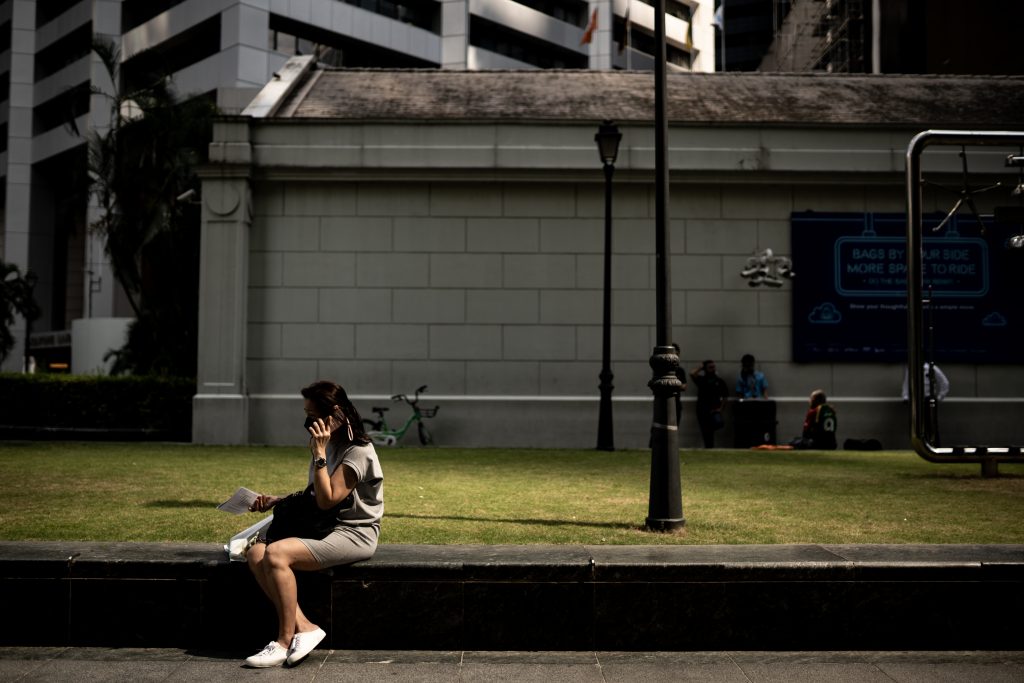
Trading an Arm and a Leg For Therapy
Crystal counts herself as one of the lucky ones to have gotten medical attention as quickly as she did, for the price that she got.
30-year-old content creative Lim had to wait a year before he was finally able to get a slot with his referred therapist.
He could’ve approached a private clinic for an earlier slot for sure, but as any well-worn creative in Singapore would know, the industry salary isn’t exactly generous. Pay a pricey premium to see a therapist immediately, or wait his turn? Lim chose the latter.
After subsidies, Lim pays just $60 per session. Like Crystal, he was relieved to fork out an amount lower than expected. But, like Crystal, he realised the long-term cost of attending the sessions is no small sum.
Though he exercises caution when spending on anything else, he still had to reduce his sessions from fortnightly to monthly in order to cut costs. Plus, he couldn’t take that many medical leaves from work.
Despite it all, Lim still insists on attending therapy.
“I knew that something was off somewhere. I just didn’t know where exactly, and I wanted to find out,” he explains.
His upbringing, his years in national service, and a traumatic past relationship had left him with numerous mental scars and an extreme sense of apathy disproportionate to the person he knew he was.

Dynamic therapy, which focuses on the psychological roots of emotional suffering, helped him to undo the knots within his heart and pushed him to resolve what he once subconsciously repressed. It also helped him to tackle current issues he faced — whether at work, at home, or in relationships — instead of suppressing his emotions like he used to.
Not only has therapy lightened his emotional burden, but it also improved his mental health through valuable coping techniques and thought processes.
Likewise, Crystal says if she hadn’t made the first step to recovery through therapy and medication, she never would’ve been able to treat the problem that was preventing her from getting work.
She recounts, with much pride, the first time she was able to put money into her CPF, which allows her to reap Medisave benefits.
Through therapy, she’s learnt how to ground herself through mindfulness and physical cues before her dissociative episodes kick in, on top of learning how to validate her experiences and existence.
Most importantly, she says: “I can survive again.”
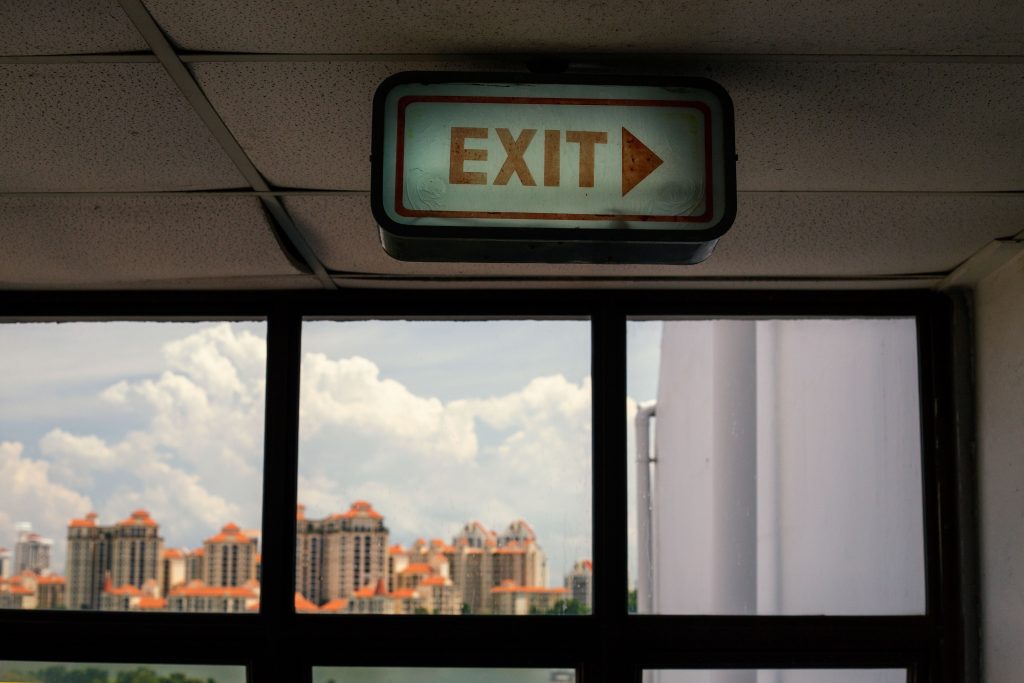
Having experienced the power of therapy for themselves, both Lim and Crystal hope that therapy can be accessible to more people. Chronic fatigue, chronic anxiety, chronic stress—especially amidst the pandemic—are leaving millennials scrambling to pick up the remaining crumbs of their mental health. Mental health care is equivalent to giving them a broom to help sweep it up.
“Fundamentally, I feel like affordable mental health care should be more accessible, whether in terms of awareness, education or finances.” Lim shares.
He points out how others might need a higher frequency of therapy to see results. But if they, like him, are unable to afford that frequency, therapy no longer becomes accessible to those who truly need it.
Why the High Price?
Most people believe that therapy is a luxury only available to the rich. Understandable, because of the high price point and how it’s not commonly covered by insurance. In fact, insurance premiums increase precisely because an individual has mental health issues.
Unfortunately, they’re right. Therapy is expensive.
I asked Dr Annabelle Chow, a clinical psychologist from Annabelle Psychology — a psychology group practice affiliated with WhiteCoat, Singapore’s leading telehealth app — and Isabelle Han, a counsellor at Singapore Association for Mental Health’s (SAMH) Insight Centre, on what goes into the high cost of mental health treatment.
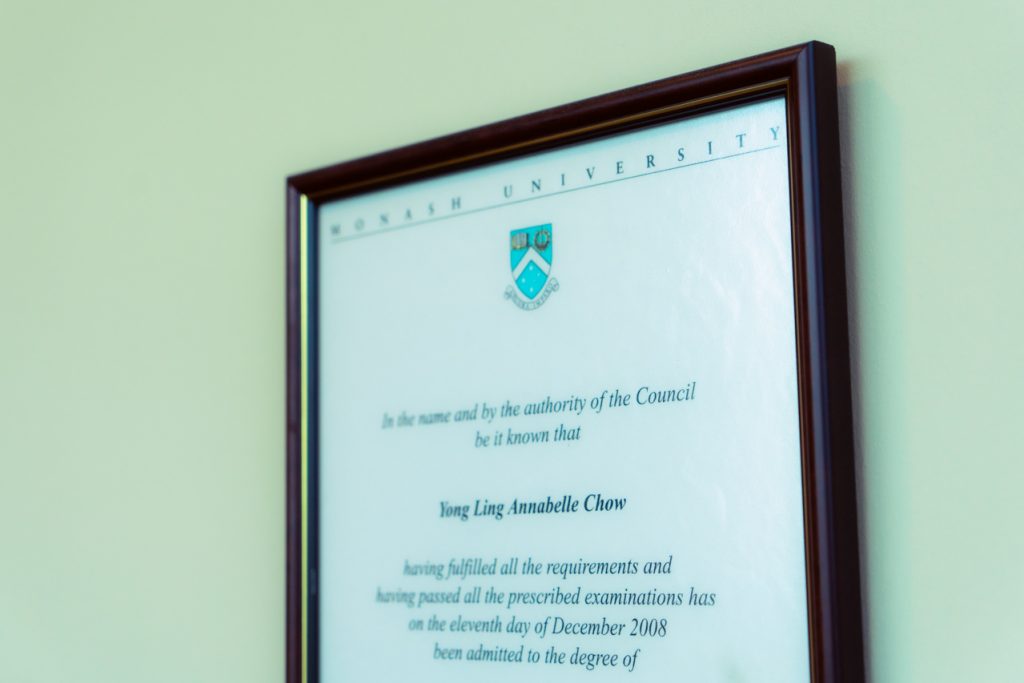
There are the basic costs that go into running a clinic or centre, of course. Exorbitant rental in a land-scare country; utility bills to keep the place running; basic furnishing and renovating to make the place conducive for therapy; salaries to pay; other ad-hoc costs.
Sometimes there are other materials to prepare, depending on the client. Isabelle requires extra props such as drinks and food when necessary, to teach her clients mindfulness too.
Then there’s the cost that comes with paying duly educated and experienced individuals who’ve spent years honing their skills for a job as delicate as this. Both Annabelle, Isabelle and all their colleagues hold, at the very least, a Master’s Degree — that’s a minimum of six to seven years of dedicated specialisation.
Bottom line: the cost of therapy is simply the rightful fee these highly trained professionals deserve for their services. The same way a heart surgeon would charge a heartstopping sum of money to prevent your heart from stopping.
Still, we need to recognise that those who require professional assistance are often those who cannot afford it. WhiteCoat and SAMH intend to be affordable, accessible alternatives.
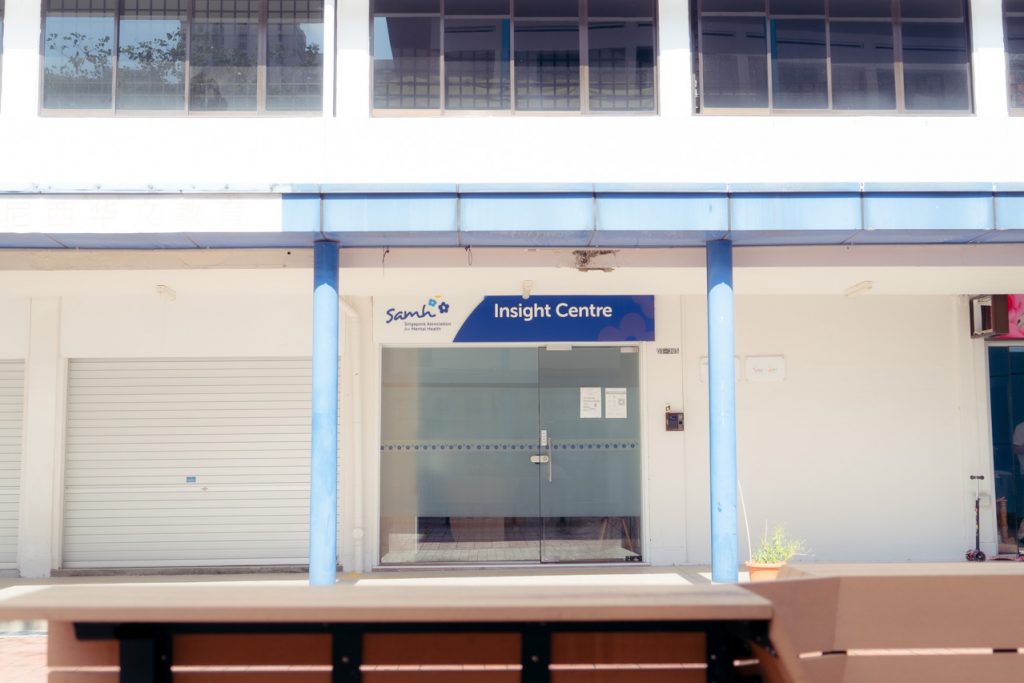
SAMH, a non-profit and non-governmental social service agency, provides a comprehensive range of mental health services to reintegrate people with mental health issues back into society. Over at the SAMH Insight Centre, their counselling services are provided free to those who need them.
Though free of charge, clients still get the same treatment as they would elsewhere: a 45-minute to an hour-long one-to-one therapy session personalised according to what they want to work on. The counselling can take place at the centre or over a virtual platform depending on the preference of the clients. The only downside is the wait to see a counsellor, which could take up to a month or more due to the increasing demand for counselling services.
Considering the cost that goes into therapy, I’m surprised that they’re able to offer counselling for free. Isabelle says SAMH is supported by grants from the government and donations from corporates and the community.
Hearteningly, many of those who donate are those who have benefited from their counselling services.
Isabelle recalls fondly of one particular case who sought help for his depressive disorder that prevented him from holding on to a job. With therapy, not only was he able to stay employed, but he also had the power and confidence to resign from it, whilst still having the financial stability to donate to SAMH.
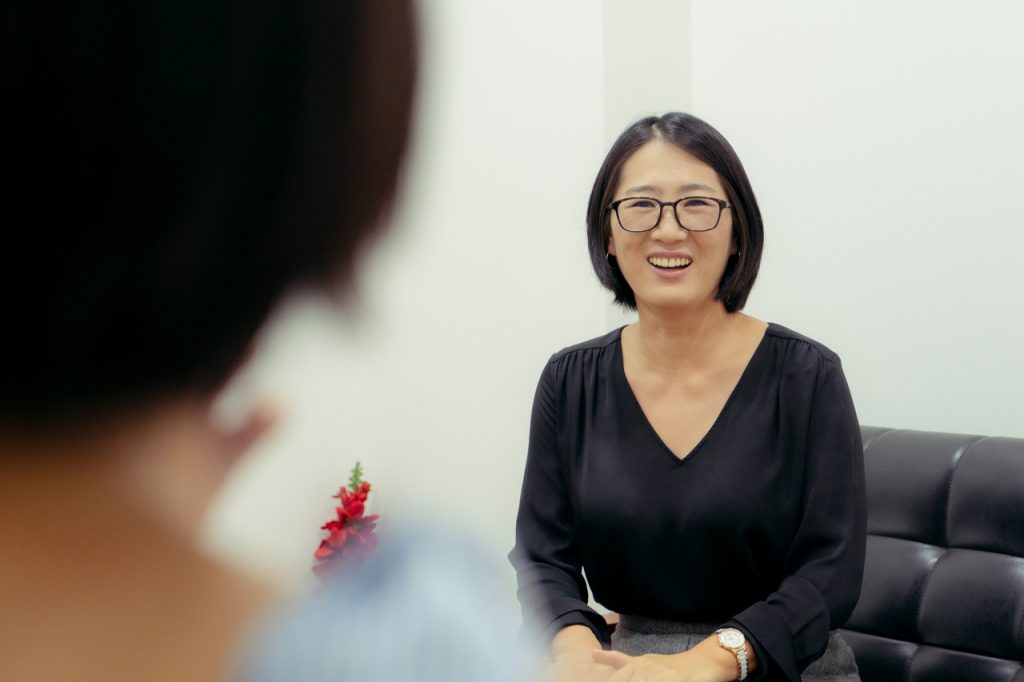
Meanwhile, the WhiteCoat app allows anyone to get help on-demand without having to leave the house.
Without having to go through the time-consuming process to get a referral, clients can immediately seek professional help at $60 for a 15-minute session.
Compared to SAMH, it’s pricier, but the benefits are worth it. The convenience and safety that comes with staying at home, combined with the speed at which the first available qualified psychologists are able to attend to clients, allows clients to get help much faster without having to fork out hundreds.
People like Lim wouldn’t have to wait a year — when their immediate concerns feel far removed — before someone can attend to them.

Teleconsulting on the WhiteCoat app also allows clients to pay through insurance, which helps to reduce some of the cost of therapy from the client. Users covered by the appropriate AIA Corporate Solutions policies can enjoy teleconsultations with a psychologist as part of their policy entitlements, or have access to mental wellness services on the WhiteCoat app at member rates.
Those with AIA Beyond Critical Care* can get insurance coverage for their treatment. The plan covers more prominent mental illnesses like Obsessive-Compulsive Disorder and Major Depressive Disorder, and insured individuals can benefit from the additional coverage of up to 20 per cent until they turn 75.
At the heart of it all, the purpose of WhiteCoat and SAMH is the same — to lower the barrier to therapy and reach out to those in need of help by providing them with options.
In short: Mental wellness for all.
The Price Tag On Mental Health

Despite the increase in individuals with mental health conditions over the years, the proportion of those who aren’t seeking help has hardly changed. And we don’t wonder why.
Crystal says: “Therapy is not evil for charging what it does—it’s just about how I, as an individual, can afford it. You realise it’s a privilege to be able to afford therapy.”
As such, she and Lim are glad when I mention how there’s finally an insurance plan that offers coverage for mental health, one that’s sorely needed here in Singapore.
“Having insurance coverage can put people at ease by defraying some of the cost. The whole point of it is really to make mental healthcare accessible,” Lim adds. “When insurance includes or covers mental health, it lowers the barrier to entry for people to seek help.”
“In a society where there’s so much stigma around seeking help for mental health, it makes living easier for us.”






